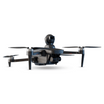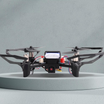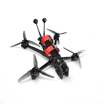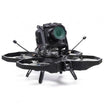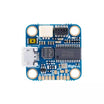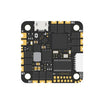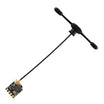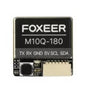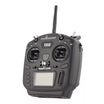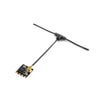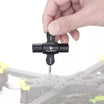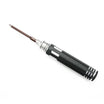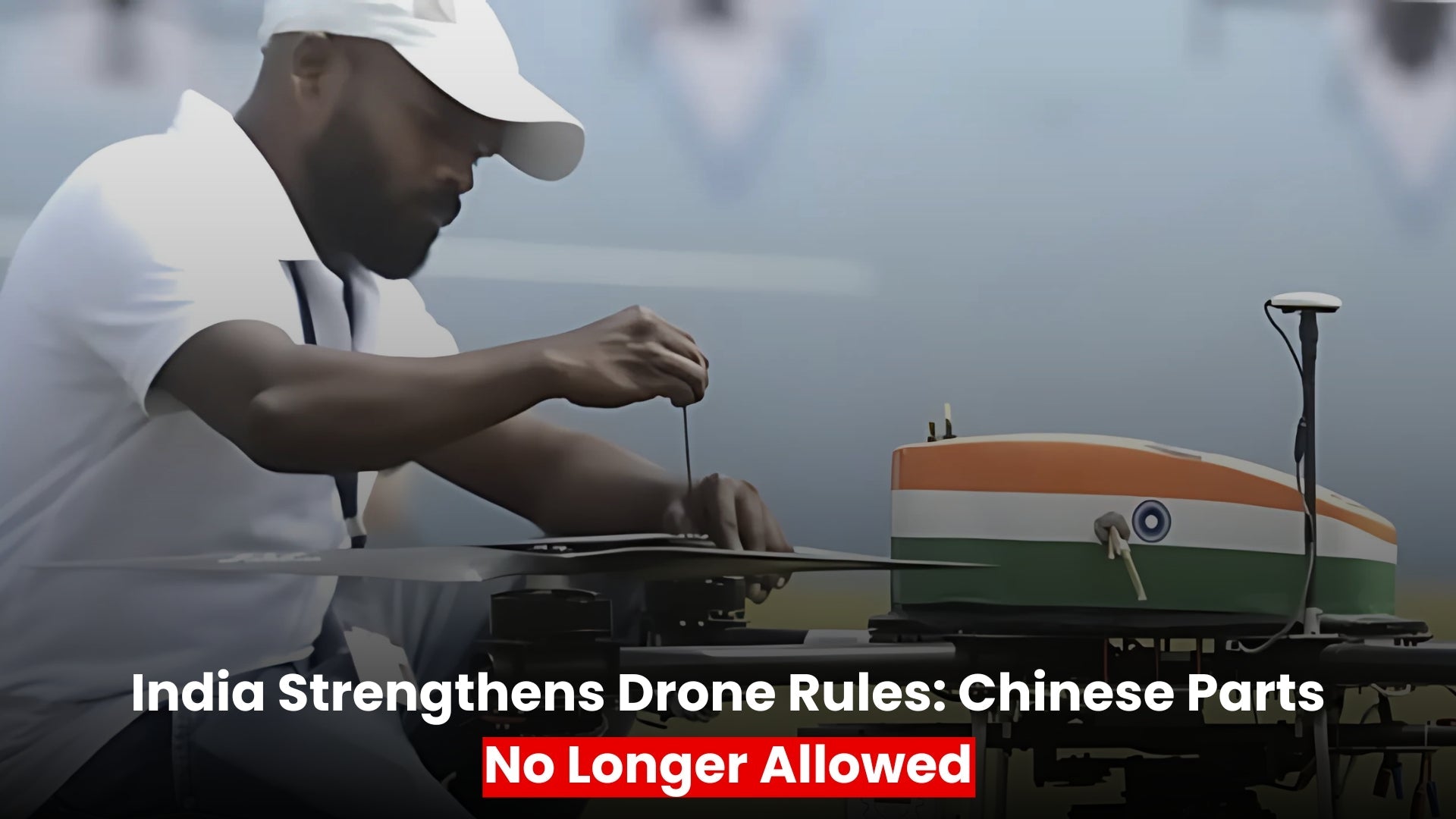The battlefield is evolving rapidly, and drones have become indispensable assets for military operations worldwide. The Russia-Ukraine and Azerbaijan-Armenia conflicts have demonstrated the undeniable tactical advantages of drones, making it clear that unmanned aerial vehicles (UAVs) are no longer a luxury but a necessity.
Why India Needs Drones More Than Ever
India’s vast and challenging terrain, especially in border regions, demands advanced aerial surveillance and strategic capabilities. UAVs are crucial for real-time intelligence gathering, precision strikes, and counter-insurgency operations.
Key Operational Roles of Drones in India:
-
Border Surveillance & Security: Drones play a vital role in monitoring infiltration activities along the Line of Control (LoC) in Jammu & Kashmir.
-
Counter-Insurgency Operations: UAVs assist in tracking terrorist movements and preventing attacks in sensitive regions.
-
Disaster Relief & Humanitarian Aid: Drones provide real-time assessments in natural disasters, aiding in search-and-rescue missions during floods and earthquakes.
Current Drone Arsenal of the Indian Army
India primarily relies on Israeli-made drones like the Heron and Searcher for intelligence, surveillance, and reconnaissance (ISR) missions. While effective, these UAVs require upgrades to enhance range, endurance, and strike capabilities.
Boosting Indigenous Drone Capabilities
With India’s focus on self-reliance under the ‘Make in India’ initiative, the government is actively developing indigenous drones to reduce dependence on foreign manufacturers.
Key Indigenous UAV Projects:
-
DRDO Rustom-II (TAPAS-BH-201): A Medium Altitude Long Endurance (MALE) UAV undergoing enhancements to meet military requirements.
-
DRDO Ghatak: A stealth UCAV designed for high-end combat capabilities.
-
DRDO Lakshya & Netra: Used for reconnaissance and battlefield surveillance.
Additionally, private defense firms are contributing to India’s drone development, focusing on enhanced resistance to electronic jamming and cybersecurity threats.
Also read: Budget 2025 - A glimpse into India’s drone industry future.
The Future of India’s UAV Modernization Drive
To stay ahead in modern warfare, India’s UAV modernization focuses on four key pillars:
-
Extended Range: Future drones will operate beyond 1,000 km, enabling deep surveillance missions.
-
Longer Endurance: UAVs with over 24-hour flight times will provide persistent monitoring.
-
High-Altitude Capabilities: Next-gen drones will operate above 30,000 feet, making them harder to detect.
-
Weaponization: India plans to introduce armed drones like the MQ-9B Predator for precision strikes.
Also read: India’s first drone city to rise in Kurnool.
Foreign Sourcing and Advanced UAVs
India continues to source advanced drones from global leaders:
-
Heron UAV (Israel Aerospace Industries): Deployed by all three armed forces for surveillance missions, including disaster relief.
-
MQ-9B Sea Guardian (General Atomics, USA): A high-altitude, long-endurance (HALE) UAV leased by the Indian Navy, with potential for broader military applications.
Keeping an Eye on China and Pakistan
India must also counter the growing UAV capabilities of its adversaries:
-
China’s PLA: Operates over 2,000 UAVs, including advanced combat drones like CH-5 and stealth-capable GJ-11.
-
Pakistan: Though behind China, Pakistan has bolstered its drone fleet with CH-3-based Burraq, CH-4B, Wing Loong, and Turkish-made Bayraktar TB2 and Akinci drones.
Conclusion
As modern warfare increasingly shifts towards drone-based combat and surveillance, India’s push for UAV advancements is crucial.
Whether through indigenous development or foreign acquisitions, equipping the military with advanced drones will enhance national security and maintain strategic superiority. The future battlefield belongs to those who control the skies—India must ensure it remains ahead in this aerial arms race.


